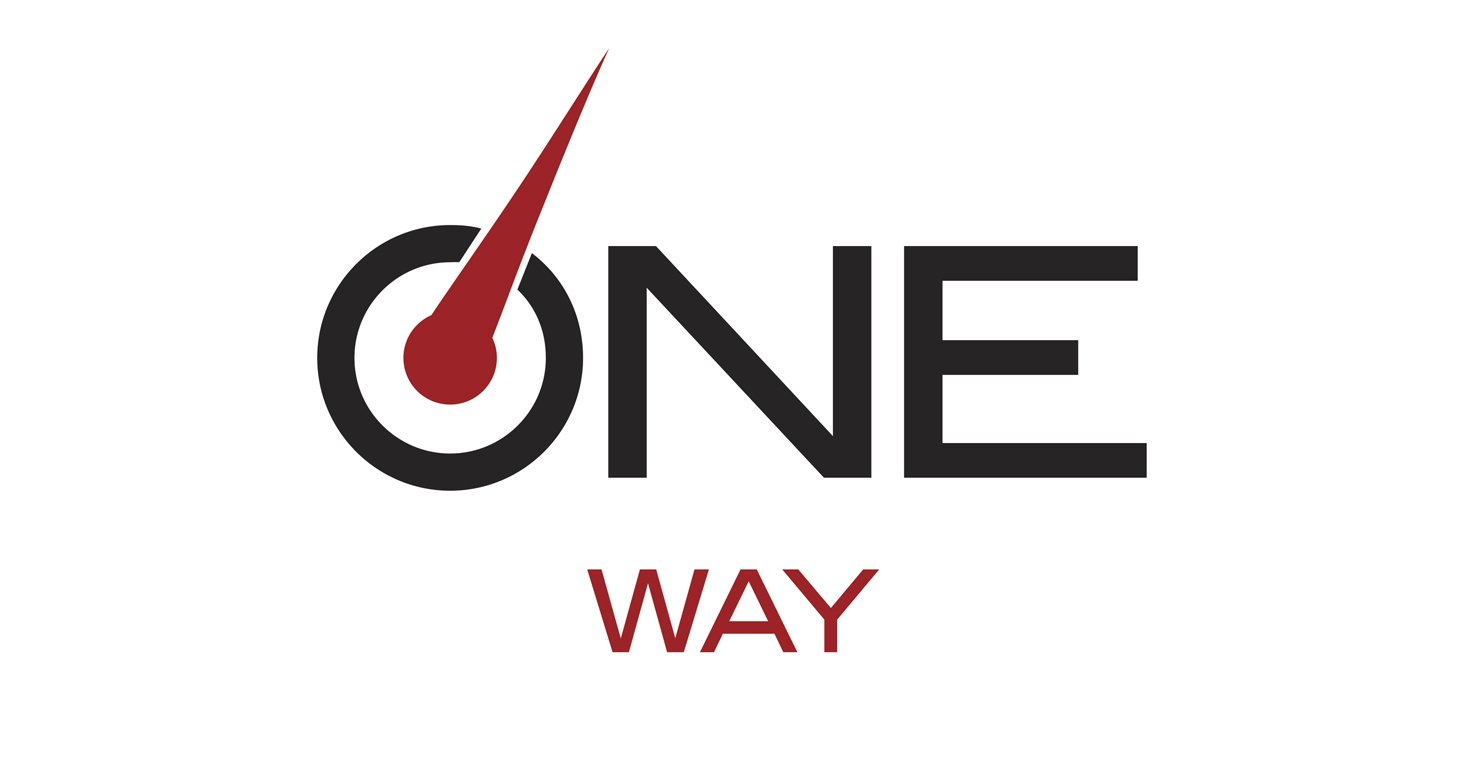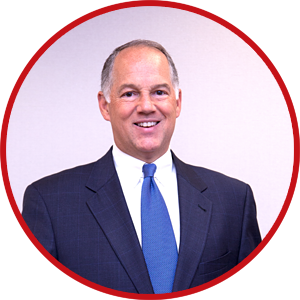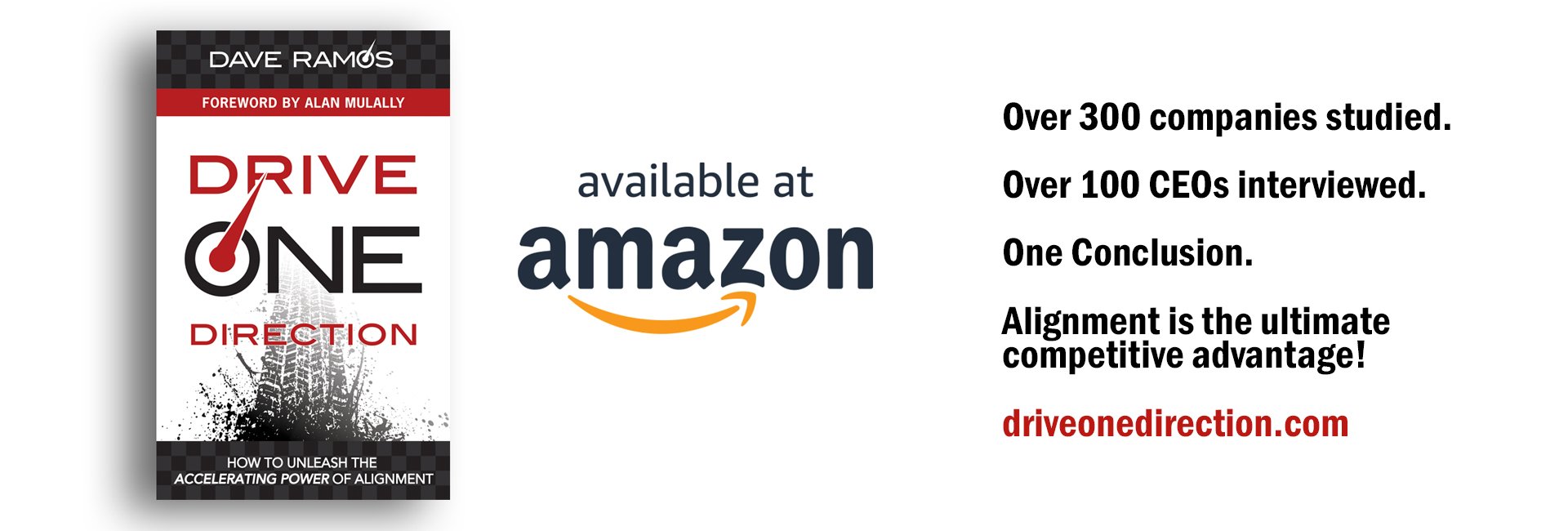 Every company has corporate standards.
Every company has corporate standards.
But most have never optimized them.
When something is a corporate standard, it means that you have One—and Only One—Way of doing something. This might be as mundane as having One—and Only One—Way to complete an expense form or as significant as having One—and Only One—Way to perform heart transplants.
Companies make all kinds of things a corporate standard, such as:
- Their unique way of doing business
- Mission-critical business processes
- Policies or rules
- Dress codes
- Software applications
- The exact size and furniture for every office
- And more
Theoretically, these corporate standards are absolutely, positively, and nonnegotiably the same everywhere in your company.
Everyone must comply with them. No exceptions.
For nearly 16 years, Jenny Wu, an amazing stylist at Bubbles Hair Salon in Reston, Virginia, has cut my hair. Part of Bubbles’ One Way is a dress code: stylists are required to wear black. If a stylist shows up with purple hair, they get commended. It they show up in a purple shirt, they get sent home to change clothes.
While standardization can improve alignment, we advise companies to find the right balance. If nothing is standardized, there is chaos and anarchy. If everything is standardized, your company is a stifling bureaucracy.
We learned of an insurance brokerage that required every employee to write in blue ink. That sounds pretty stifling.
In contrast, UPS trains their drivers to “always” turn right. This standard was based on extensive analysis of traffic and route efficiency. That sounds smart—and the corporate standard was fully embraced.
In this chapter, we will explore how Bognet Construction, Formula One, Starbucks, and ING unleashed the accelerating power of alignment by standardizing their One Way.
NOTE: These stories are excerpted from my book, Drive One Direction.


